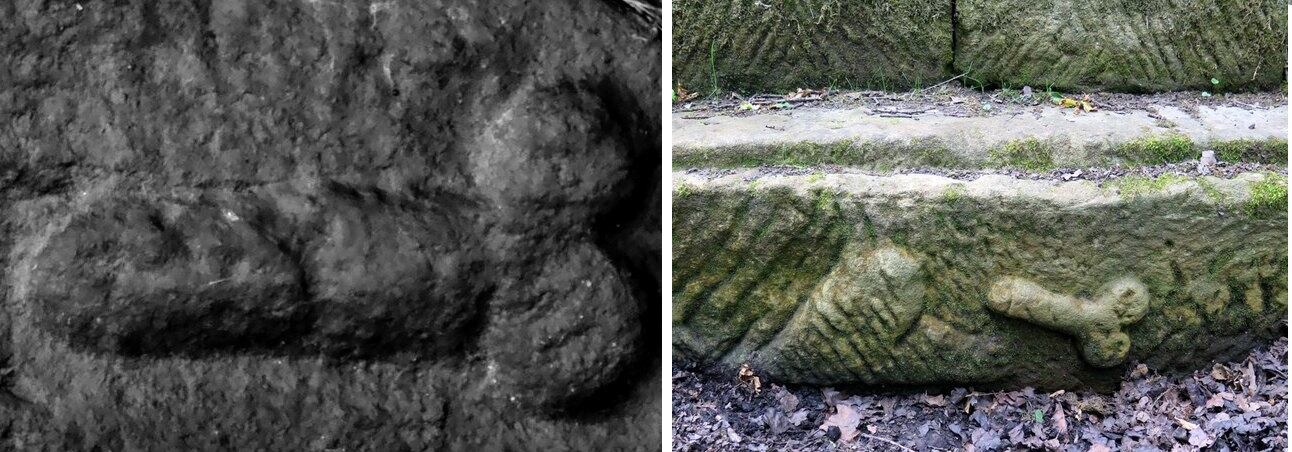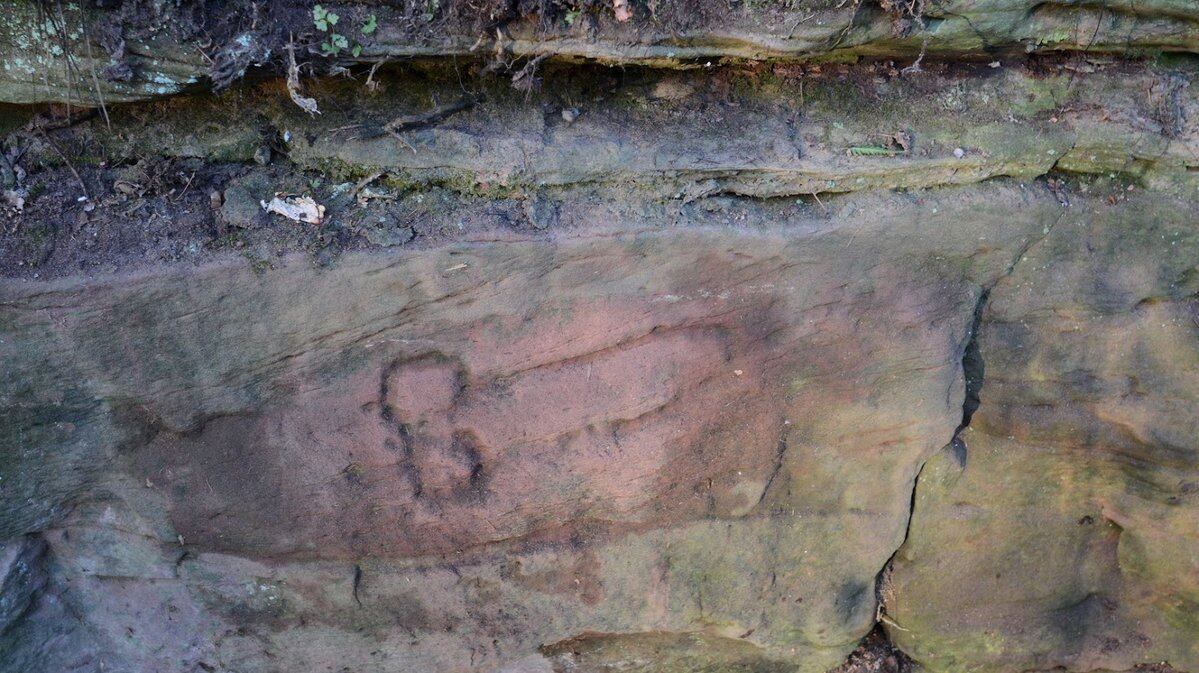They appear in the sky when least expected, grandiose artistry undertaken by daring pilots willing to risk it all. They grace thousands of pages of green notepads, contemporary hieroglyphics detailing the zone-out timeline during an infantryman’s mandatory PowerPoint lecture. Decorations of them adorn Porta-John walls around the globe with more vigor than a Clark Griswold Christmastime display.
They are penis etchings, the longstanding pride of the United States military.
Militarized affinity for phallic scribbling, however, dates back long before the first illustrations were ever fashioned by uninterested American service members — so long, in fact, that European expansion to North America was not yet even an idea.
That was the revelation this week when archaeologists from Newcastle University and Historic England uncovered sections of graffiti, carved by Roman soldiers in the year 207, in a quarry near a section of Hadrian’s Wall in Cumbria, England.
Among the scrupulously carved Roman compositions was a distinctly identifiable phallus, which researchers from Newcastle University say served as a sign of good fortune during the period.
Hear that, squadron commanders? All those sky variations were just colossal tidings of “good luck.”
A number of other engravings, meanwhile, including a caricature of a commanding officer, provided insight for researchers into exactly when the apathetic Roman doodles were forged.
One prominent inscription, for example, reads, ‘APRO ET MAXIMO CONSVLIBVS OFICINA MERCATI,’ a reference to the consulate of Aper and Maximus of A.D. 207, researchers from Historic England confirmed.
“These inscriptions at Gelt Forest are probably the most important on the Hadrian’s Wall frontier,” Mike Collins, Hadrian’s Wall ancient monuments inspector for Historic England, said in a press release. “They provide insight into the organisation of the vast construction project that Hadrian’s Wall was, as well as some very human and personal touches."
RELATED

Hadrian’s Wall, designed to “separate the barbarians from the Romans,” according to a biography of the emperor written 200 years after the wall’s A.D. 122 construction, was undergoing extensive renovations during the time the newly-discovered carvings were fashioned.
In those days, Roman soldiers were shuttling stone from the quarry to reinforce portions of the 73-mile-long fortification that stretched all the way across northern England, from sea to sea.
Inevitably, boredom ensued, a result of working parties even 1,800 years ago.
Now, the lasting result of that stone-moving monotony — a penile legacy — stands steadfast for all to see.
Wait ‘til Biggus Dickus hears of this!
And it’s not the only one; a number of other phallic symbols invoking Fortuna’s charms can be found scattered among sections of the defense.
Oh, Fortuna, blind, heedless goddess, I am strapped to your wheel. Do not crush me beneath your spokes. Raise me on high, divinity.

With erosion playing an increasingly complex role in visual interpretation, archaeologists plan to use laser scanning to record detailed images of the area, Historic England confirmed.
These captured, laser-generated photos will then be fed into software capable of creating a three-dimensional digital model of the entire rock surface, allowing for extensive study for years to come of the fascinating inscriptions discovered — like another membrum virile.
J.D. Simkins is the executive editor of Military Times and Defense News, and a Marine Corps veteran of the Iraq War.




